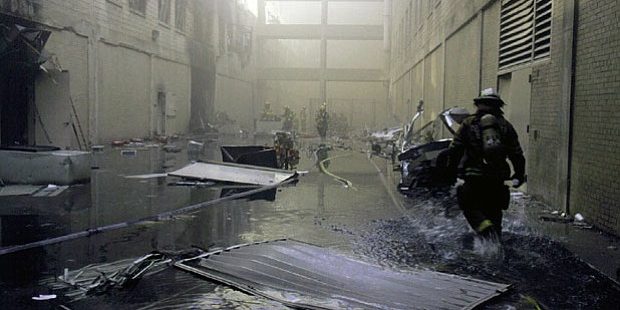Making Sense of Indoor Mapping
Credit: The Image is Courtesy of the National Archives & Records Administration
What Do We Mean by Indoor Mapping?
Explorers, military planners, ship captains, and urban developers have been using maps for centuries to describe Earth and show how to navigate from one place to another. Maps have become more sophisticated over time, as more and more information is captured within them.
For example, most consumers are familiar with Waze, the traffic app that relies on crowd sourcing to analyze traffic and determine the most efficient way to get somewhere. Waze doesn’t show us an algorithm—Waze shows us the route using a map. Another great example is Google Maps, the grandaddy of GPS navigation.
We take this same familiar concept and apply it to indoor, not outdoor, environments.
Our idea isn’t new, per se. There are some pretty cool software tools that will show you a 2-dimensional floor plan of a building. These can be helpful for allocating space to workers in an office building or enhancing situational awareness by facilities management.
But again, they’re 2D, labor intensive to build, and difficult to keep current.
We look at indoor mapping differently.
First of all, we’re interested in creating 3D maps. These are the types of maps you experience—you can “see” your way around. In a world of information overload, 3D gives you the same orientation you have in real life. It’s the most familiar way to present mapping information, especially if you need to grasp it quickly. Our mapping is dynamic; building features can be updated as change occurs.
Second, we’re interested in making indoor maps that are so precise, we call them “hyper-accurate” — within 1/4 to 1/8 of an inch. Third, we’re obsessed with making maps that don’t require a human to draw walls or place symbols approximating doors or elevators; we know AI/ML is more accurate and complete in its detailed outputs, so that’s what we use.
In the next few blogs, we’ll tell you more about how we make our indoor maps. Of course, we won’t be giving away the recipe to the secret sauce, but we will show you the steps in the process and how our technology makes this all possible without ever requiring a human to step inside the building. Not…one…step…
Stay tuned!
Download our Special Report.


